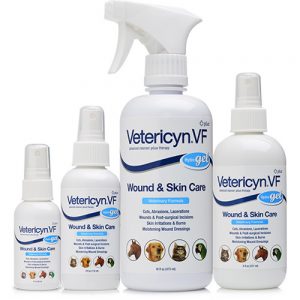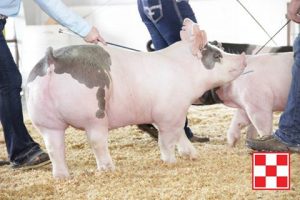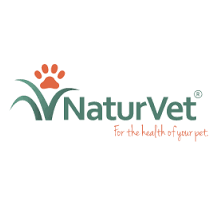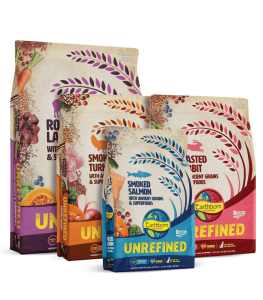 Check out Kissimmee Valley Feed’s October 2020 specials for you. These specials, starting October 1st through October 31st include $3 off Vetericyn Plus Wound, Skin, Eye and Ear care, $5 off Carefresh Large Bedding, and $2-$7 off all Acana kibble. For all of these savings, you must sign up with Astro, which is free of charge. You can also stop by on Halloween (10/31) to save up to $1 on all dog and cat treats.
Check out Kissimmee Valley Feed’s October 2020 specials for you. These specials, starting October 1st through October 31st include $3 off Vetericyn Plus Wound, Skin, Eye and Ear care, $5 off Carefresh Large Bedding, and $2-$7 off all Acana kibble. For all of these savings, you must sign up with Astro, which is free of charge. You can also stop by on Halloween (10/31) to save up to $1 on all dog and cat treats.Vetericyn will be $3 off Vetericyn Plus Wound, Skin, Eye and Ear care 10/1-10/31
Carefresh Large Bedding is $5 off 10/1-10/31
Carefresh Bedding makes the softest, driest, most comfortable home for your pet. Only carefresh® is made from scratch with pillowy soft, ultra-absorbent comfyfluff™ designed specifically for small pets. Unlike other bedding, we make our own paper using a raw, natural fiber obtained directly from the source to ensure your small pet lives a happy, healthy, and loveable life.
The special requires enrollment in our free Astro Loyalty program. Carefresh Bedding is part of our frequent buyer program (via Astro Loyalty).
All Acana kibble is $2-$7 off through 10/31
Acana makes Biologically Appropriate dog and cat foods from Fresh Regional Ingredients and they make them from start to finish in their very own award-winning kitchens. We think you’ll love ACANA. More importantly, we think your dogs and cats will too.
The special requires enrollment in our free Astro Loyalty program. Acana is part of our frequent buyer program (via Astro Loyalty).
All dog and cat treats are a $1 off on 10/31
Trick or Treat! To celebrate the spooky season, KVF is offering $1 off of all dog and cat treats. Let your furry friend take part in the Halloween festivities by buying them treats too.
Be sure to stop by Kissimmee Valley Feed Store #2 during the month of October for these specials!






 Working on a show pig project? Show pigs arrive at Kissimmee Valley Feed on October 5th at 4:00 pm. This is your opportunity to hand-pick your piglet. The show pigs arrive on the trailer at 4:00 pm. Make sure you set your alarms to be on time.
Working on a show pig project? Show pigs arrive at Kissimmee Valley Feed on October 5th at 4:00 pm. This is your opportunity to hand-pick your piglet. The show pigs arrive on the trailer at 4:00 pm. Make sure you set your alarms to be on time.
